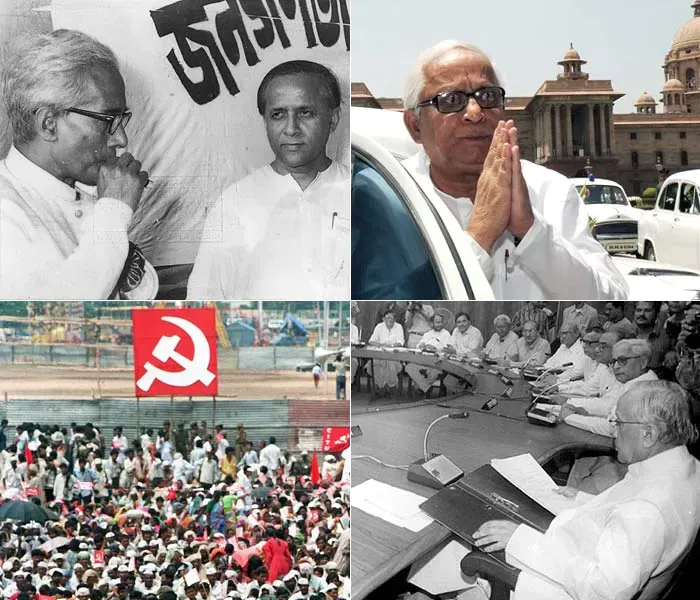Bengal, a region known for its rich cultural heritage and once hailed as an economic powerhouse, has faced its fair share of challenges over the centuries. In this comprehensive article, we delve into the historical, economic, and societal factors that have contributed to Bengal's decline, shedding light on the complexities that shaped its trajectory.
To understand Bengal's downfall, we must delve into its illustrious past. Bengal was a thriving center of trade and intellectualism during the reign of the Bengal Sultanate and later the Mughal Empire. Its textile industry was renowned, producing exquisite muslin and silk fabrics that were sought after globally. Bengal's universities fostered knowledge and innovation, attracting scholars from far and wide. However, the arrival of the British East India Company marked a turning point in Bengal's history.
The colonization of Bengal by the British in the 18th century brought about significant changes. The exploitative policies of the British Raj, including the drain of wealth, undermined Bengal's economic autonomy. The dismantling of indigenous industries, such as muslin and silk, dealt a severe blow to its vibrancy. Furthermore, the industrial revolution in Britain shifted global economic dynamics, leaving Bengal struggling to adapt.
The Bengal Famine of 1943 serves as a stark reminder of the devastating consequences of mismanagement and policies during the colonial era. The famine resulted in the loss of millions of lives and further exacerbated Bengal's economic woes.
Economic Transformations: The Ebb and Flow of Prosperity
Bengal's economic decline can be traced through various periods. In the late 18th century, Bengal accounted for a significant portion of India's GDP. However, by the mid-19th century, its contribution had diminished considerably. The jute industry, once a symbol of Bengal's economic prowess, faced challenges with the introduction of synthetic substitutes in the 20th century, leading to its decline.
According to data from the Reserve Bank of India, Bengal's share of India's GDP dropped from 20% in the late 18th century to around 5% by the mid-19th century, reflecting the region's declining economic importance.
The partition of Bengal in 1905, orchestrated by the British as a divide-and-rule strategy, caused social and political unrest.
It deepened religious and communal divisions, hindering unity and progress. Although Bengal was reunified in 1911, the scars of partition remained, impacting the social fabric and development of the region.
Political Factors: A Legacy of Divisions
Political decisions also played a pivotal role in Bengal's trajectory. The partition of Bengal in 1905, orchestrated by the British as a divide-and-rule strategy, caused social and political unrest. It deepened religious and communal divisions, hindering unity and progress. Although Bengal was reunified in 1911, the scars of partition remained, impacting the social fabric and development of the region.
The political turmoil during the 1970s and 1980s, including labor strikes and political violence, further disrupted Bengal's economic stability and discouraged investment.

Bengal's struggles extend beyond economic and political factors to encompass societal challenges. Overpopulation, inadequate infrastructure, and limited access to quality education and healthcare have posed significant obstacles. Income inequality, rural-urban disparities, and a lack of employment opportunities have perpetuated socio-economic divides, leaving a substantial portion of the population disillusioned.
According to the National Sample Survey, Bengal's unemployment rate stood at 6.1% in 2019-2020, higher than the national average of 5.8%, highlighting the need for concerted efforts to generate employment opportunities.
The downfall of Bengal is a complex interplay of historical, economic, and societal factors. Bengal's journey toward rejuvenation necessitates a comprehensive approach that addresses the challenges head-on. It requires a collective effort from the government, businesses, civil society, and the people of Bengal to chart a new path toward inclusive development and prosperity.






